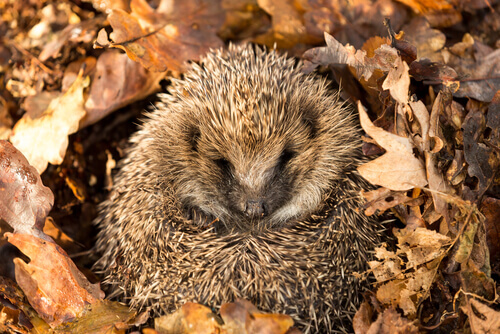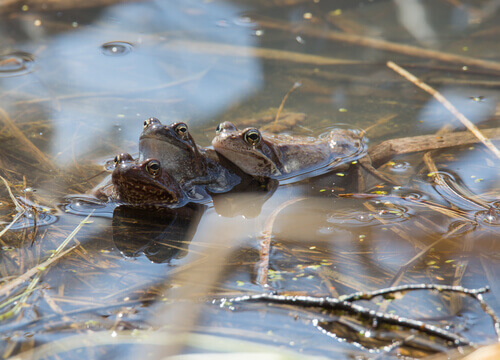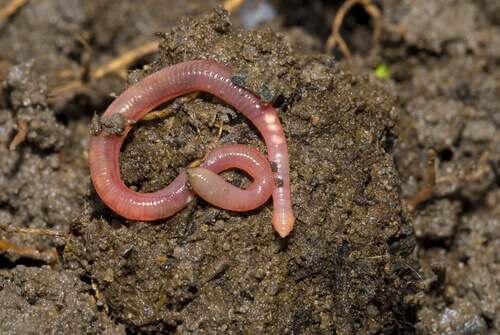What Is Dormancy in Animals?

Dormancy in animals refers to the biological period during which their bodies reduce their metabolism and vital functions. It’s a process that many species carry out, and it’s related to climatic conditions.
Dormancy in animals: What to know
Dormancy in animals is a mechanism within the biological cycle of many species. During dormancy, the body temporarily suspends the growth functions, physical activity, and development.
Basically, the individual is ‘asleep’ because the climatic conditions around it are adverse – this happens mostly in winter – and it can’t get the food it needs to survive.
Within dormancy, we can find two types of synchronization: Predictive and consequential. In the former, the body enters a state of dormancy before the onset of adverse conditions. As for the second, consequential, and it’s more common in areas where the weather fluctuates unpredictably.
Types of animal dormancy
Dormancy allows animals to survive during months when food is scarce and the temperature is very low. Depending on the species and the type of ‘nap’ the animals take, it’s classified into different types:
1. Hibernation
Arguably the best known of the techniques, but not the only one. Hibernation occurs so that animals can escape the cold and food shortages during the winter months; it’s of the predictive type.
Hibernating animals prepare themselves several weeks in advance; some eat more and others accumulate food in their burrows. In this way, they have sufficient energy or supplies to survive.
In this stage of dormancy, animals undergo many physiological changes, including a reduction in body temperature and a decrease of up to 95% in heart rate. Some examples of animals that hibernate are: Bats, groundhogs, lemurs, polar bears, hares, hedgehogs -as you can see in our cover photo- and squirrels.
2. Brumation
This is the process of hibernation carried out by reptiles. However, it differs from the first one because of the metabolic processes involved. Brumation begins in late autumn and, before that, the animals eat more than usual.

Throughout this stage – which can last between one and four months, depending on the ambient temperature – reptiles wake up to drink water, but not to eat. As activity decreases, they don’t need to feed as much.
During brumation, which is consequential because it’s related to drops in temperature and decreases in daylight hours, reptiles – and some amphibians – are in a state of semi-alert.
3. Diapause
This strategy is predictive and is determined by the animal’s genetics. It’s more frequent in insects – for example, beetle larvae. And it also occurs in some mammals, such as the European red deer. As for the first case, it reduces development between winter and spring. And, in the second, it allows the young to be born when climatic conditions are more favorable.
Diapause occurs so that the animals can survive in extreme temperatures, lack of food, or drought. Metabolic activity is reduced as well as physiological needs. It’s important to note that this mechanism requires certain specific stimuli to end. More specifically, it requires contact with water, cooling, or freezing.
4. Estivation
And finally, the last type of dormancy in animals is estivation, which occurs in invertebrates, including earthworms and snails of the genus Helix. Occasionally, it can occur in lungfish.

This type of numbness also occurs in response to climatic conditions, but, unlike the other three forms, it’s due to increased temperatures or the dryness of the soil. That being said, it’s important to note that certain animals that breathe through their skin require a moist habitat to survive.